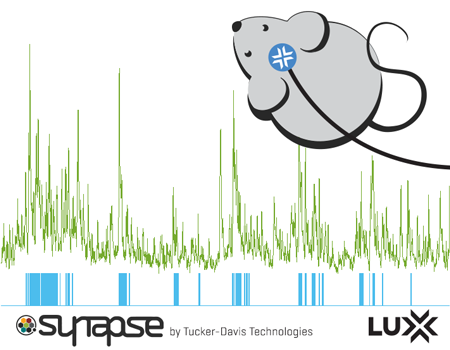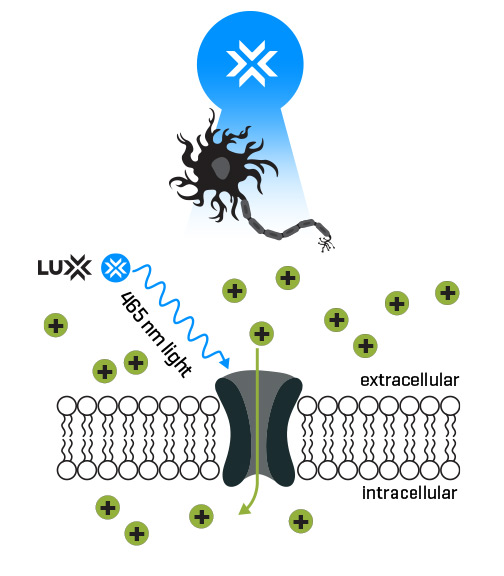When time synchronization is critical, LUX can deliver precise closed-loop control. Generate real-time triggers for closed loop stimulation and evoked responses from fiber photometry and more.
Synapse and TDT hardware easily integrates your optogenetic and fiber photometry data with synchronized behavioral, video, and electrophysiological signals.
Behavior: Easily integrate third party behavioral codes from multiple operant boxes with your fiber photometry recordings and view evoked responses in real-time. Trigger optogenetic stimulation from behavioral events.
Video: Synchronize video recordings from up to two USB cameras. Incorporate scoring and timestamps both online and offline. Grab video frames during triggered events for analysis.
Electrophysiology: With the PZ5 amplifier, record up to 32 channels of single-unit activity, as well as LFP, EEG, and EMG. TDT’s ground-isolated amplifiers simplify recordings from multiple animals.






